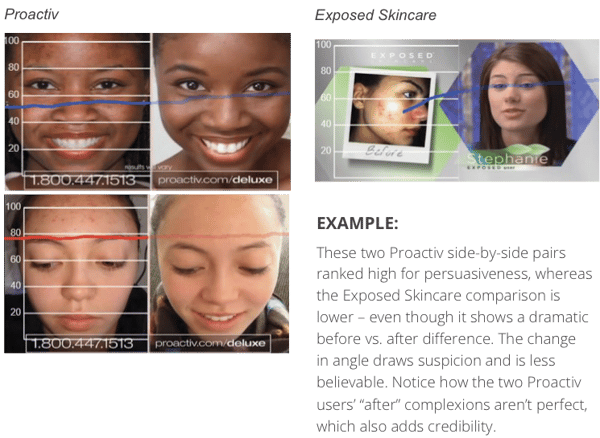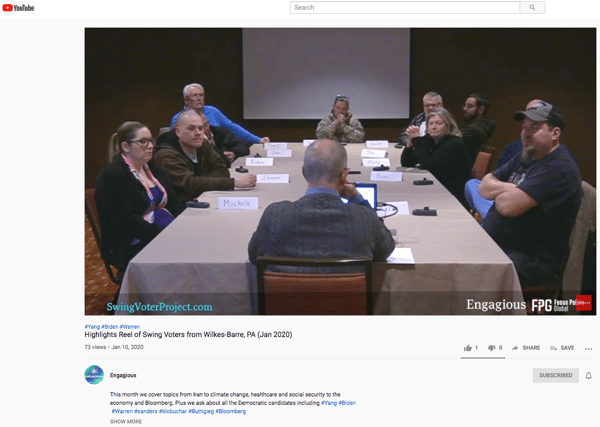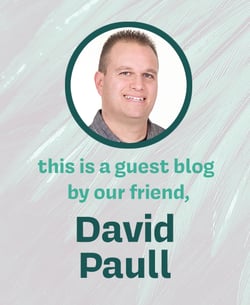guest blog by David Paull, Engagious
In market research, self-funded studies can be highly effective lead-generation engines... if done correctly. How do I know? At Engagious, we've done a dozen of them over the past 18 months, experimented, tested, and seen real results.
Admittedly, as a message-testing consultancy, experimentation is in our DNA. That said, we learned more than we expected from our venture into the world of self-funded studies. Here are 3 tips that will help you maximize your efforts and avoid the pitfalls of lead generation:
#1: Know Your Audience
There’s no magic to figuring out what type of study is going to attract the attention of prospective clients. You have to roll up your sleeves and do some good, old-fashioned persona work. What motivates your prospects? What information drives their decision-making? What fears and challenges keep them up at night? Answering these questions will help you choose a topic that will make them stop and pay attention.
In early 2019, we launched a monthly swing voter focus group study that took root back in 2016. Post-election, we listened to client after client voice frustration with the election forecasting they had received from both reliable news sources and pollsters.
From their feedback, we were able to identify a critical information gap - no one was talking directly to the persuadable voters in the key swing districts. In the lead up to the 2020 election, we’ve taken up the mantel to fill that information gap, and our clients and prospects have responded.
#2: Pique Their Interest
Treat your findings like gold. If you’ve done #1 right, then your prospects will covet your results. Don’t just give it away. Give them a hint (a good hint) of what you have to offer them. Then it’s their move. If they want the good stuff, they’ll need to get in touch.

This practice can be seen in a study we conducted for the health and beauty, direct-to-consumer market. We tested an infomercial by a leading skin care product company and used the results to develop a list of do’s and don’ts for infomercials.
In our sales outreach, we included one item off the list (essentially, a free sample) and then told them we’d be happy to run through the full list with them if they contacted us. Our sales team was able to book several qualified lead calls using this method.
#3: Show Off The Goods
HOW you present your results is as important as WHAT you’re presenting. You could nail #1 and #2, but if you package it up in a brown paper bag, no one will take notice.
How you present your findings needs to be part of your strategy from the onset. Your results tell a story and you’re the storyteller. We suggest using graphics, humor, or video. Put some thought into your presentation and how it will attract your ideal client.
For the swing voter study referenced earlier, no report and/or data are good replacements for being able to personally observe the focus groups in action. For every group, we publish a series of video clips—each focused on a key topic of the discussion—as well as a “greatest hits” highlight video. Engagement on these videos has exceeded our expectations.
A couple of little things that could yield big results…
This needs to be a team effort between marketing and sales. Make no mistake, marketing drives the bus with these studies, but sales rides shotgun. No one in your organization understands your prospective clients like your sales group. Their input (and buy-in) is key in defining a study topic and crafting a story with results that hit the mark.
Also, put a face to your study. We’ve found that prospects give more weight to a study when they know something about the person who did the work. For one of our studies, we produced a short Q&A video with our research director to introduce and add context to the report. It was low budget (webcam with minimal edits), but seeing her talk about why we did the study, how we designed the research approach, and why we’re excited about our findings, increased our response rate.
Self-funded studies are no a small undertaking. They require upfront buy-in and investment from across the company in order to be successful. Hopefully, these tips will put you on solid footing if you choose to test the waters.
David Paull
Co-Founder | Engagious
This blog was written by David Paull, co-founder and CEO of Engagious, and host of the Audible Insights Podcast.
David can be reached at david.paull@engagious.com or 503.225.8418.
You can read more of David’s posts by visiting him on LinkedIn or following him on Twitter.







Let Us Know What You Thought about this Post.
Put your Comment Below.